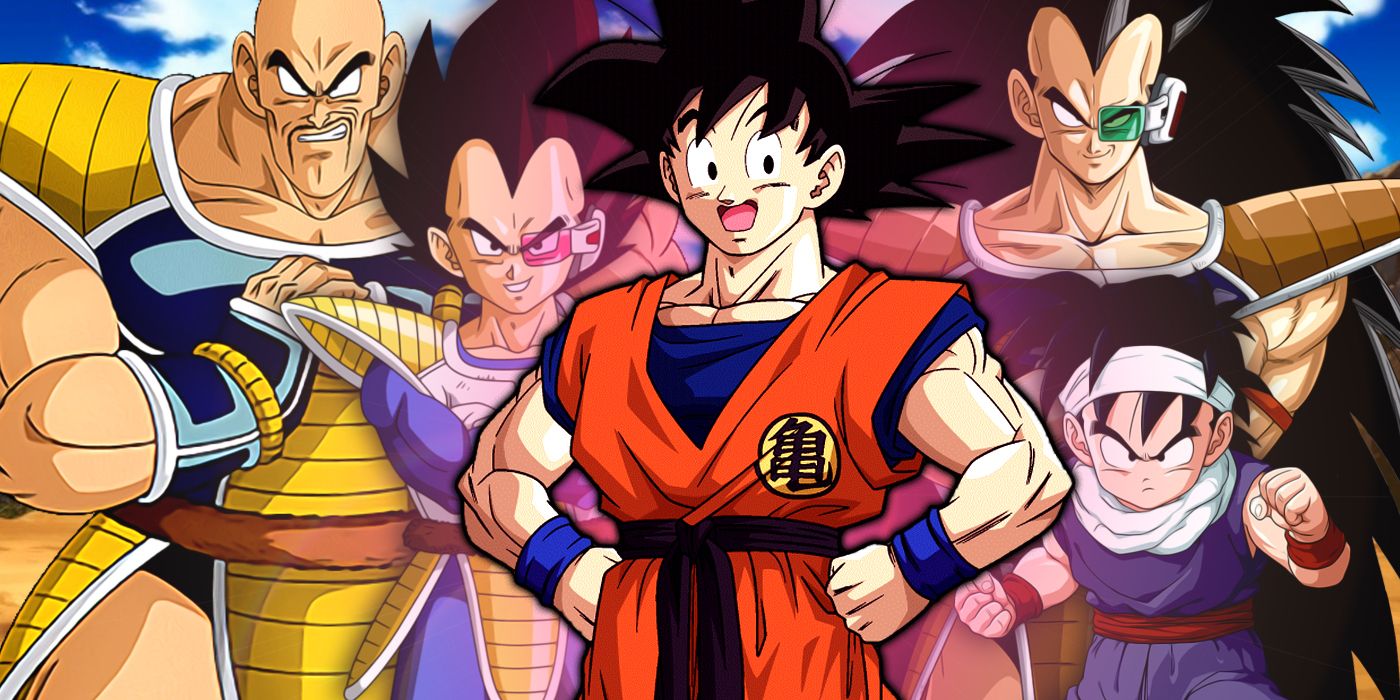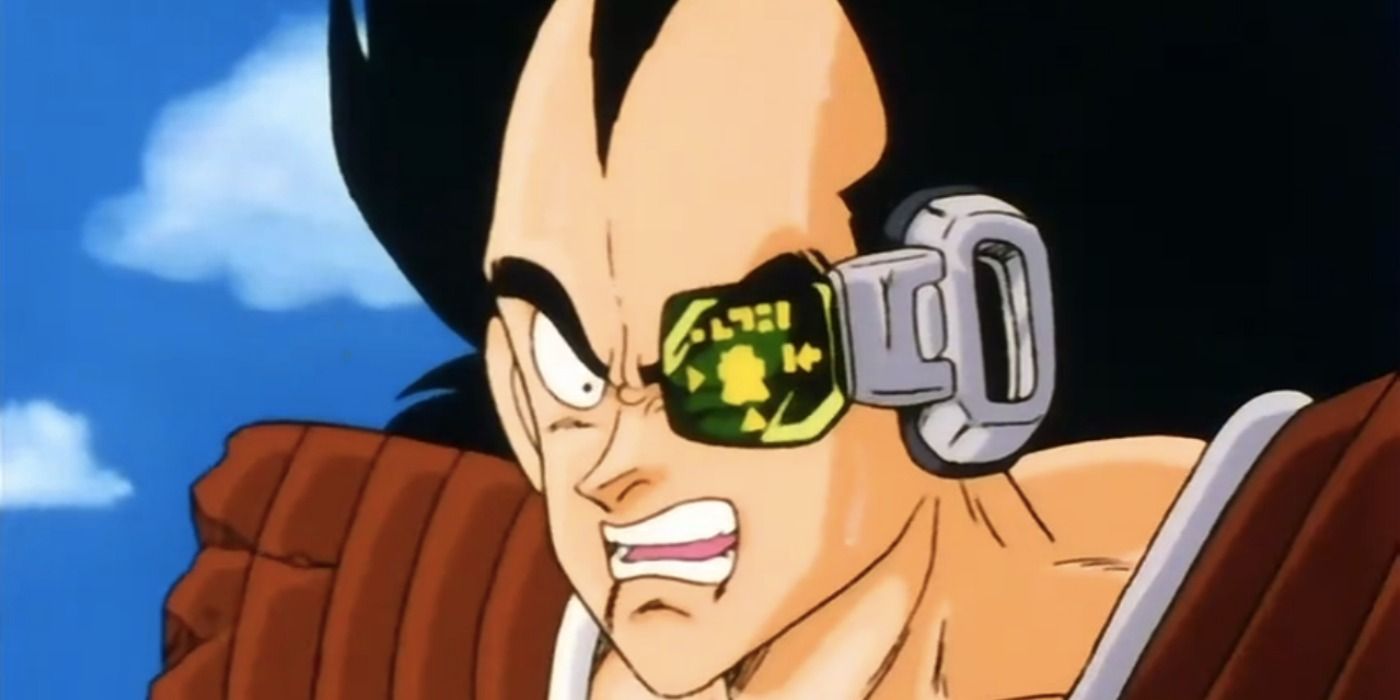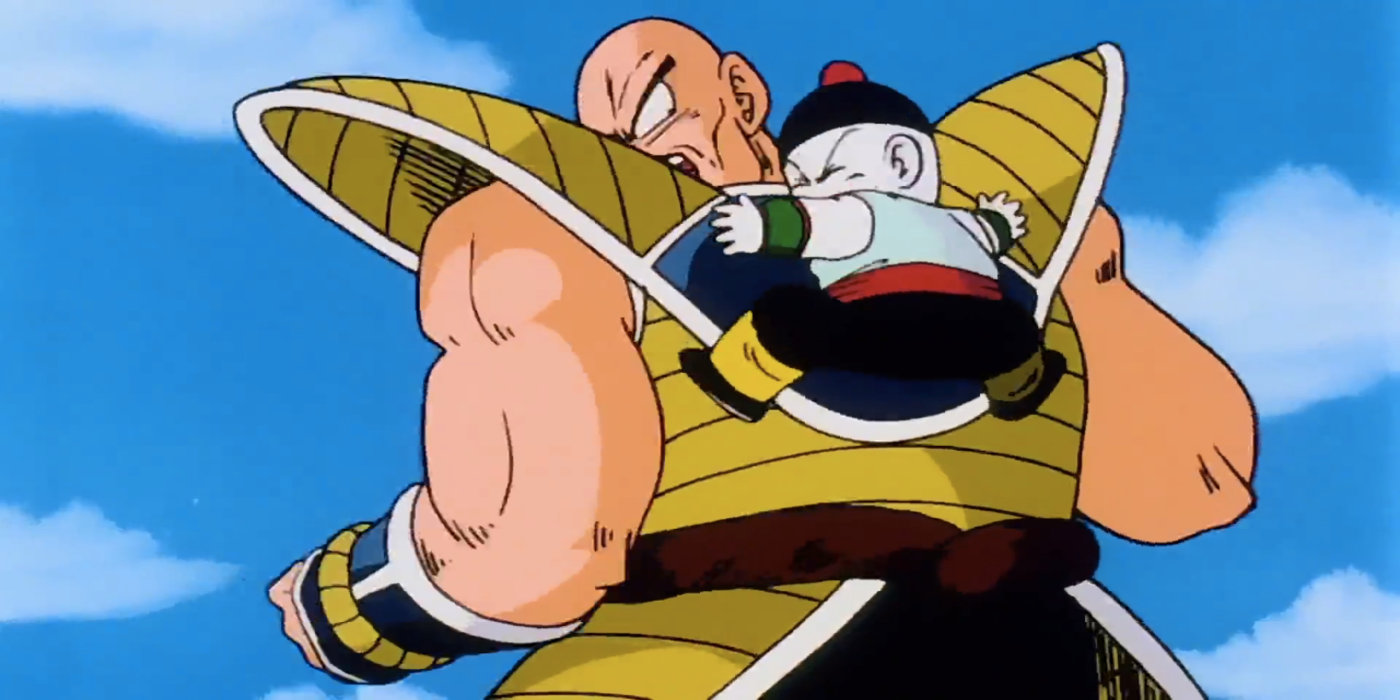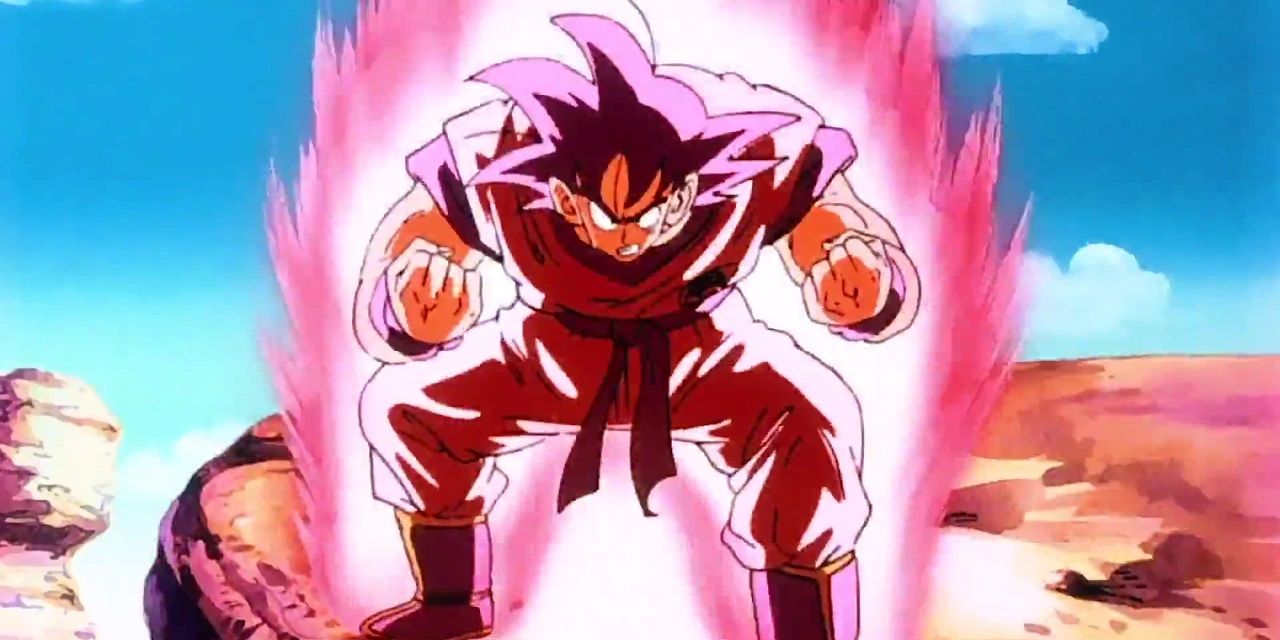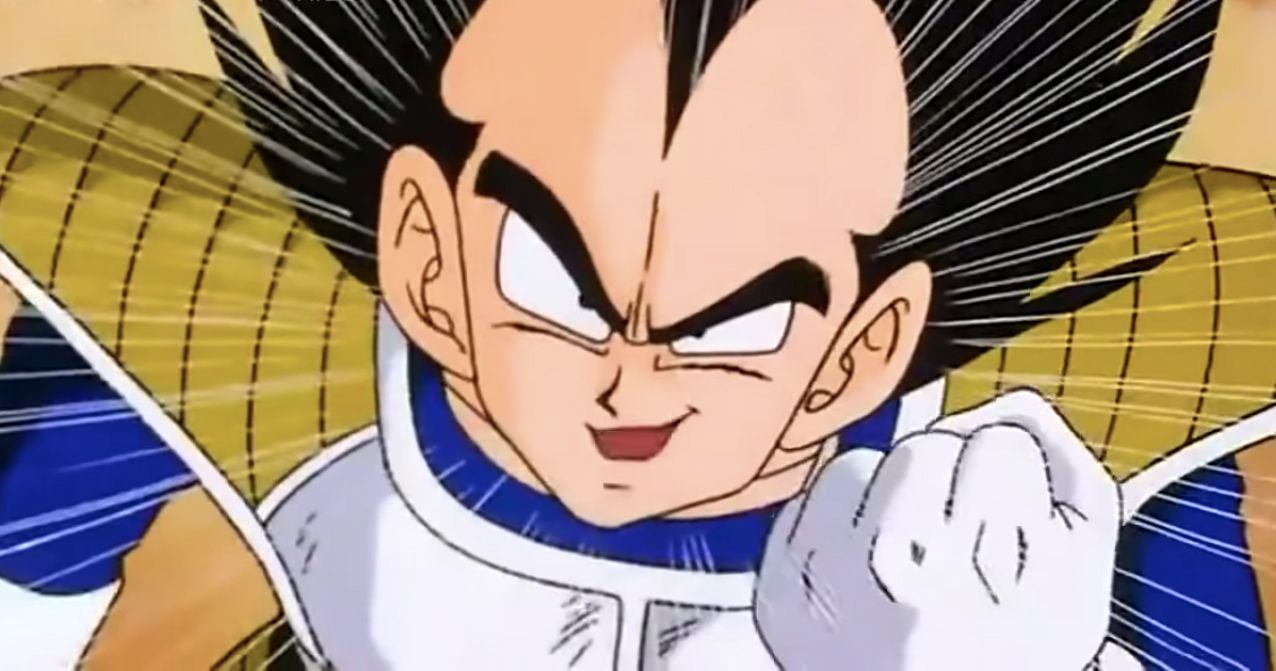After 153 episodes, Toei Animation and Akira Toriyama decided to relaunch the anime adaptation of Toriyama's Dragon Ball manga into the new series Dragon Ball Z. Premiering in 1989, the relaunch was notable for its shift to a darker tone and more action-oriented pace as Goku became a man and father before learning the truth about his heritage in DBZ's inaugural storyline, the Saiyan Saga.
Here's a complete breakdown of the classic Saiyan Saga, how the narrative differentiated DBZ from the original Dragon Ball anime, the longstanding consequences (and casualties) of the story, and how the debut arc holds up decades later.
Dragon Ball Z Spoilers: The Saiyan Saga's Plot
Approximately five years after Dragon Ball's conclusion, Goku was attacked by an extraterrestrial invader named Raditz. After revealing that Goku was his long-lost brother and a member of the Saiyan race originally sent to conquer Earth -- rather than become its greatest protector -- Raditz kidnapped Goku's young son Gohan, intending to raise him to be the Saiyan his father could never be. This resulted in Goku and his nemesis Piccolo teaming up to stop Raditz, only for Goku to be killed while Raditz, just before dying, summoned two even more powerful Saiyans: Vegeta and Nappa.
Much of the Saiyan Saga revolved around the Z Fighters training for a year to prepare for Vegeta and Nappa's arrival, while Goku trained under King Kai in the afterlife for his eventual resurrection through the Dragon Balls. By the Saga's conclusion, Dragon Ball was no longer confined to Earth as the franchise took a decidedly more science fiction orientation that would carry on for much of Dragon Ball Z.
Every Death In The Saiyan Saga
Apart from Goku and Raditz's death near the beginning, the resulting battle against Nappa and Vegeta would be the bloodiest the franchise had seen up to that point. Even apart from the deaths of countless innocents, the fight against Nappa in particular proved costly for the Z Fighters. Yamcha was killed fighting one of Nappa's Saibamen (humanoid creatures cultivated in the ground), lowering his guard only for the alien to grab him and self-destruct. And when Nappa himself entered the fray, three Z Fighters paid the ultimate price.
Seeing how vastly outmatched the heroes were against Nappa, Chiaotzu tried to save his friends by sacrificing himself in an explosion similar to the Saibaman. Sadly, the attack proved completely ineffective. Grief-stricken at his best friend's fruitless sacrifice, Tien similarly gave his own life, mustering all of his remaining energy to launch a powerful attack at Nappa, the effort ultimately killing the hero. Surviving relatively unscathed, Nappa then killed Piccolo when the Namekian sacrificed himself to take the full brunt of a blast intended for Gohan. Nappa's rampage would come to an end when Goku disabled him and a disgusted Vegeta finished off his own comrade.
The Saiyan Saga: Pros vs. Cons
Right from the outset, it was clear that Dragon Ball Z was more mature than its predecessor Dragon Ball. Lighter elements were woven in as the series continued, but they would be fewer and farther between. The added emphasis on action similarly resulted in some truly memorable battles, with Goku's climactic bout against Vegeta at the end of the Saiyan Saga being one of the biggest standouts in the entire franchise. Meanwhile the more cosmic elements, such as the introduction of aliens and afterlife, expanded the story's scope significantly.
One of the bigger drawbacks from the Saiyan Saga was its introduction of power levels, a concept that would inform some of the franchise's bad habits moving forward. Whereas Dragon Ball was about the importance of technique as well as strength, the idea of the characters improving their battle strength undercut a lot of those previous sensibilities. Finally, while Goku was always considerably stronger than his allies, the increased power disparity between him and fan-favorite characters like Tien and Yamcha would lead to the latter becoming largely irrelevant as the series continued and tightened its focus.
The Saiyan Saga Was Pivotal to DBZ's Popularity
Dragon Ball Z was originally launched in response to Dragon Ball's declining popularity at the time. Toei's strategy paid off tremendously, with DBZ running nearly twice as long as its predecessor. Along with successfully repositioning the franchise in Japan, the Saiyan Saga would serve as the gateway to the franchise in many overseas markets, including the United States.
Many of the franchise's biggest mainstays -- including Gohan, Vegeta and King Kai -- were introduced in the Saiyan Saga. Another important element was Piccolo reforming from his wicked ways to become a prominent Z Fighter, as well as the introduction of new worlds and realms. As Akira Toriyama expanded his story even further, Dragon Ball Z would continue on to cosmic new heights in the Frieza Saga, where Goku and friends left Earth to explore the cosmos.

